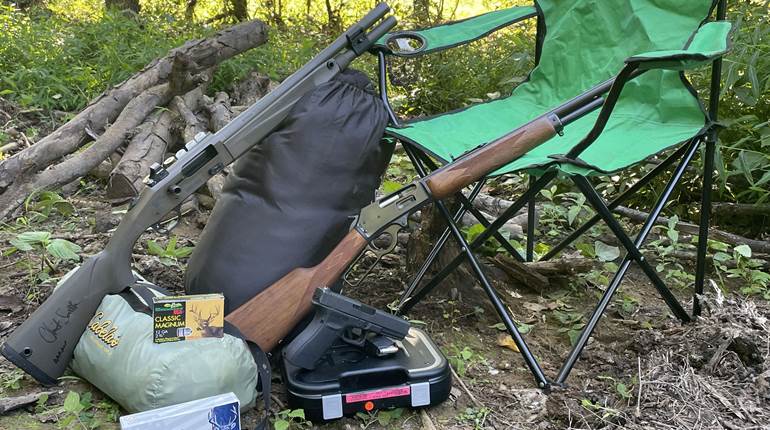
Having used various .270 Win.-chambered rifles since I was a teenager, I find myself intermittently switching between 130- and 150-gr. loads-for seemingly no rhyme or reason. Both have proven equally effective on game animals, and each offers benefits. For example, given the numerous advancements in projectile designs, after expansion a lightweight, controlled-expansion bullet will likely outweigh its heavier cup-and-core brethren. Depending on its frontal diameter, it could penetrate deeper, too. Do realize, however, that material "lost" during expansion serves to further disrupt vital organs, so reduced recovery weights aren't necessarily bad things. Given their higher muzzle velocities, 130-gr. bullets have traditionally yielded flatter trajectories as well. That being said, streamlined, 150-gr. bullets, such as Nosler’s 0.277”-diameter AccuBond Long Range (ABLR), which has a ballistic coefficient of .625, quickly reduce that “out-of-the-gate” edge; in fact, at the outer limits of realistic hunting distances, the difference in drop between the two is negligible, and the ABLR exhibits notably less wind deflection and delivers more energy on-target-ample reasoning for me to go with the heavyweight bullet, at least for now. A handloading recipe for the aforementioned bullet can be found in the upcoming June 2014 issue of American Rifleman in “Latest Loads.” What bullet do you use in your .270?






































